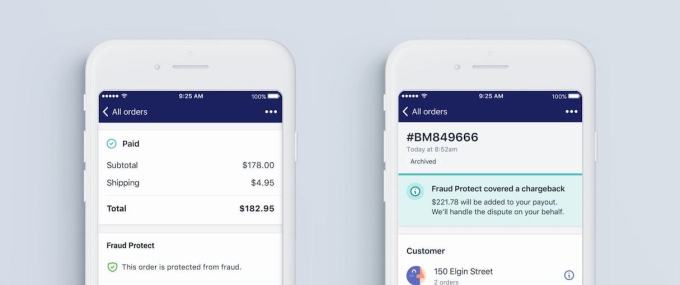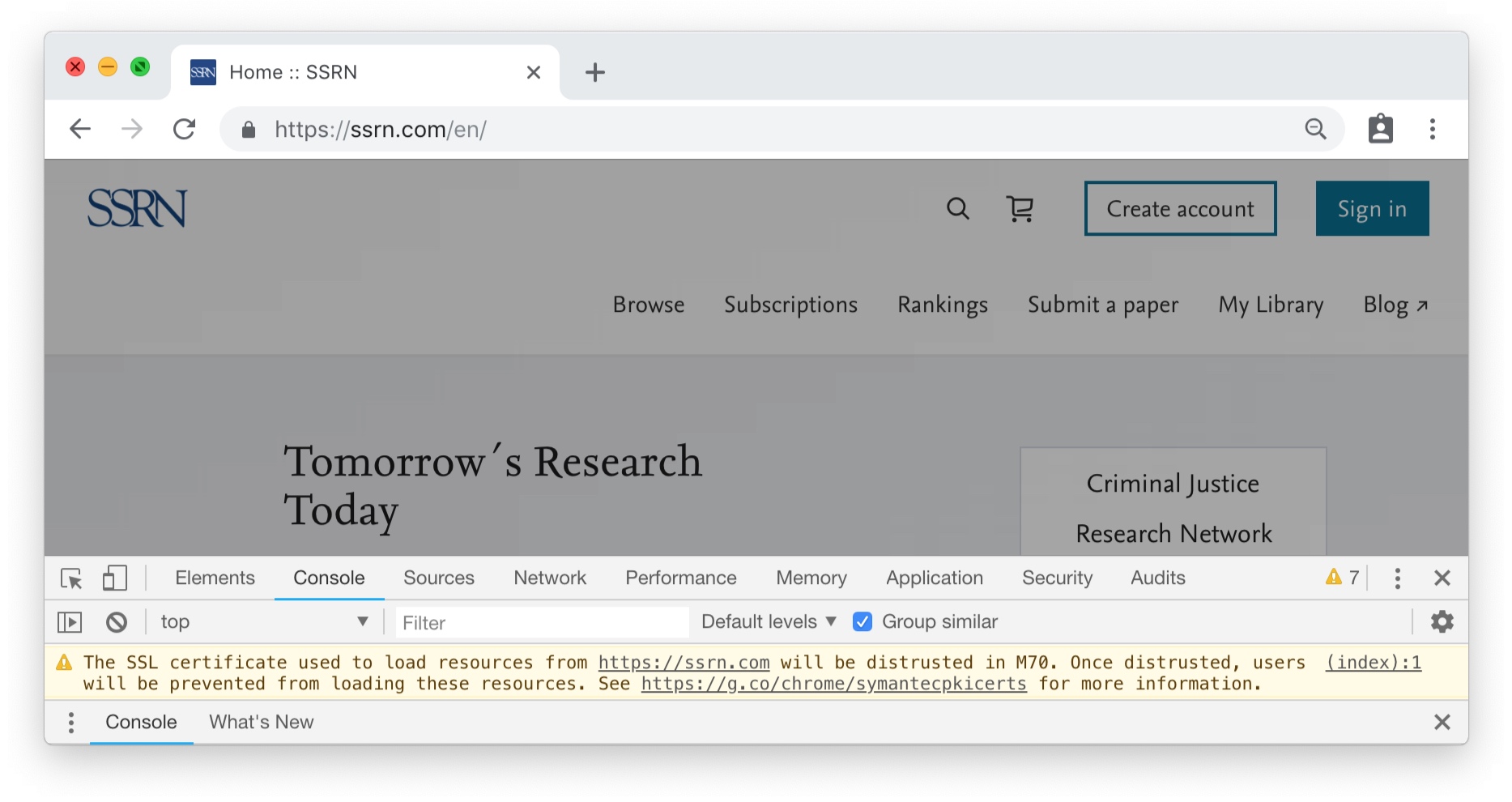Large e-commerce businesses have systems in place to fight online fraud, but smaller sellers with their own storefronts don’t always have the same advantages. Today, e-commerce platform Shopify is aiming to change that with its rollout of Fraud Protect for Shopify Payments. The service is initially available in the U.S.
The company had announced its plans to introduce fraud protection earlier this year at its Unite conference in Toronto, where it also debuted marketing app Shopify Ping and support for sellers managing inventory across multiple stores, among other things.
The company’s goal with anti-fraud systems is to protect online sellers against fraudulent chargebacks.
Shopify says its experience in processing millions of orders across its platform has allowed it to develop fraud detection technology that has the ability to accurately determine which orders are considered fraudulent. Its algorithms will now analyze incoming orders and decide if an order should be set as “protected.” If a fraudulent chargeback on a protected order then occurs, Shopify says it will automatically reimburse the merchant.
Before, merchants would have to manually review orders for fraud, which could be difficult – especially for smaller sellers who don’t know what to look for.
However, Shopify says the system isn’t just for the mom-and-pop merchants – it can aid bigger businesses, too, as it means lower operating costs.

Often, if merchants can’t handle fraud detection in-house, they’ll work with a partner who specializes in this technology. For example, Shopify competitor Bigcommerce integrates with Signifyd, an automated fraud detection service which merchants can opt to use.
In Shopify’s case, it’s offering the technology directly to its merchant partners – meaning it’s managing the risk itself, and eating the loss involved with fraudulent transactions, as needed. That could be a big selling point in its favor when merchants are looking for a home to set up their online storefront.
“We talk to merchants every day and one of the recurring themes we often encounter is the amount of time and effort they put into preventing fraud, and the anxiety and turmoil they put up with when dealing with a chargeback on an order they’ve already shipped,” said Andre Lyver, Head of Financial Solutions at Shopify, in a statement. “With Fraud Protect, merchants will never have to think about fraud and chargebacks. They can fulfill all of their orders with peace of mind, knowing that Shopify has them covered if the order is fraudulent,” Lyver added.
The pricing for the service will vary, Shopify tells us, but will be a small percentage of the order amount that’s protected.
The company says it’s rolling out Fraud Protect to a select group of U.S. merchants to start, who will be notified via email as well as with a notification within Shopify. It plans to expand the service to more merchants in the near future.



